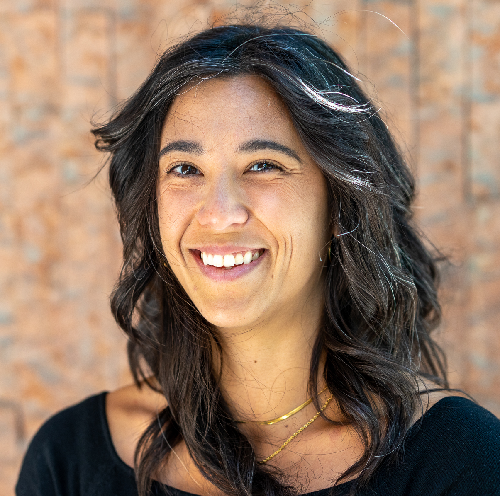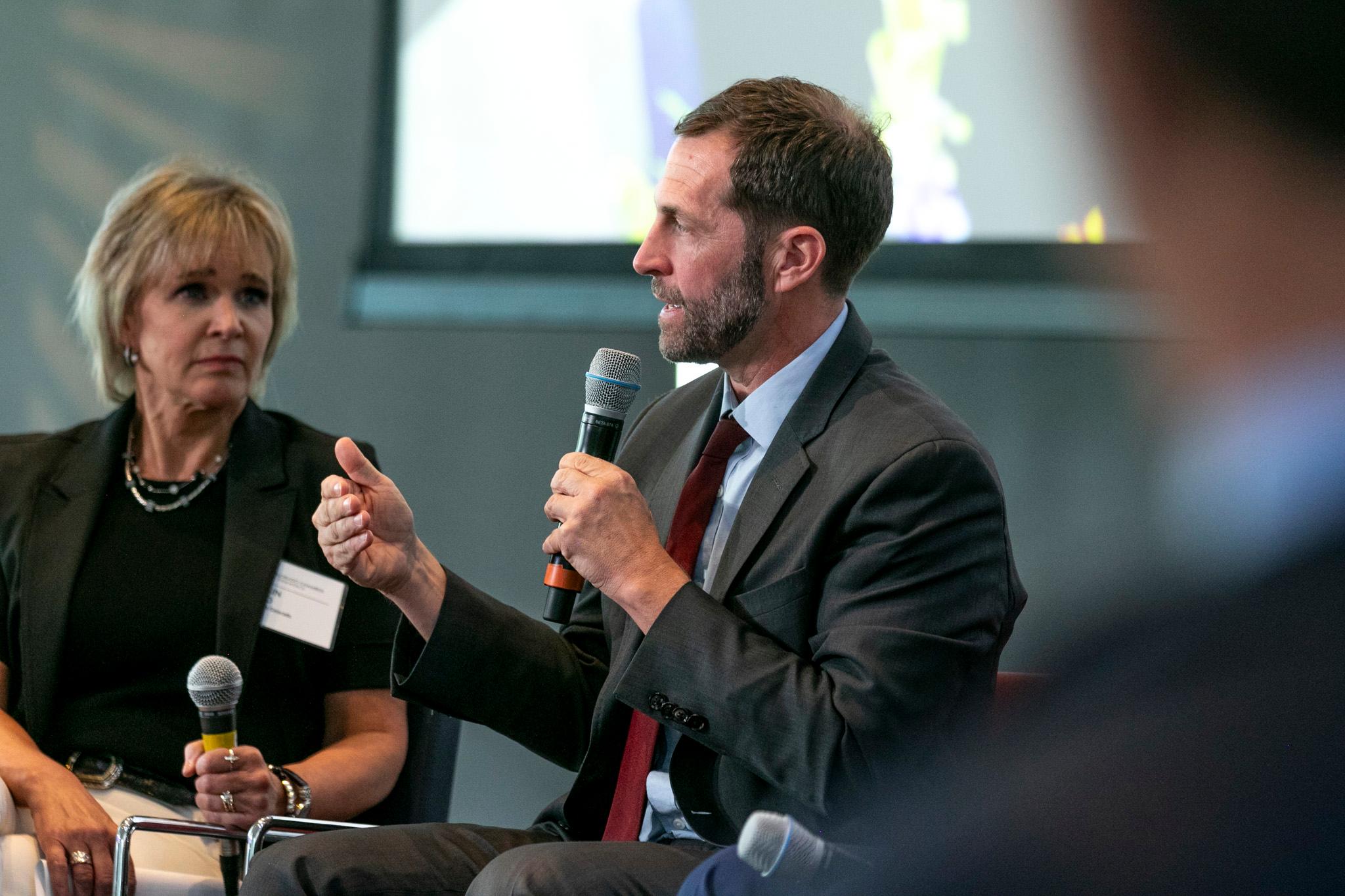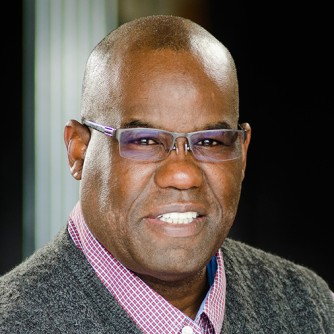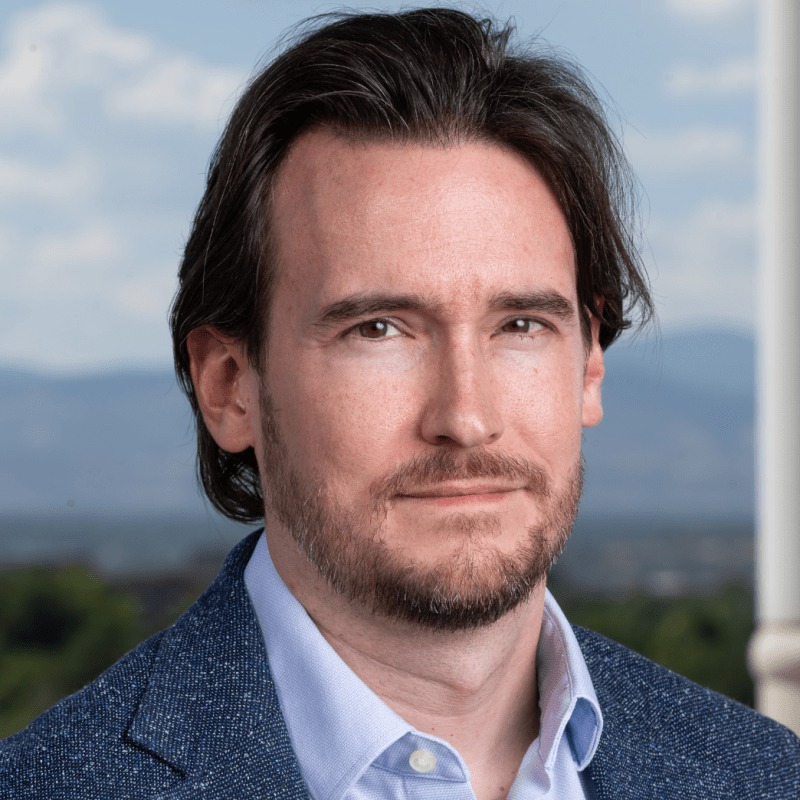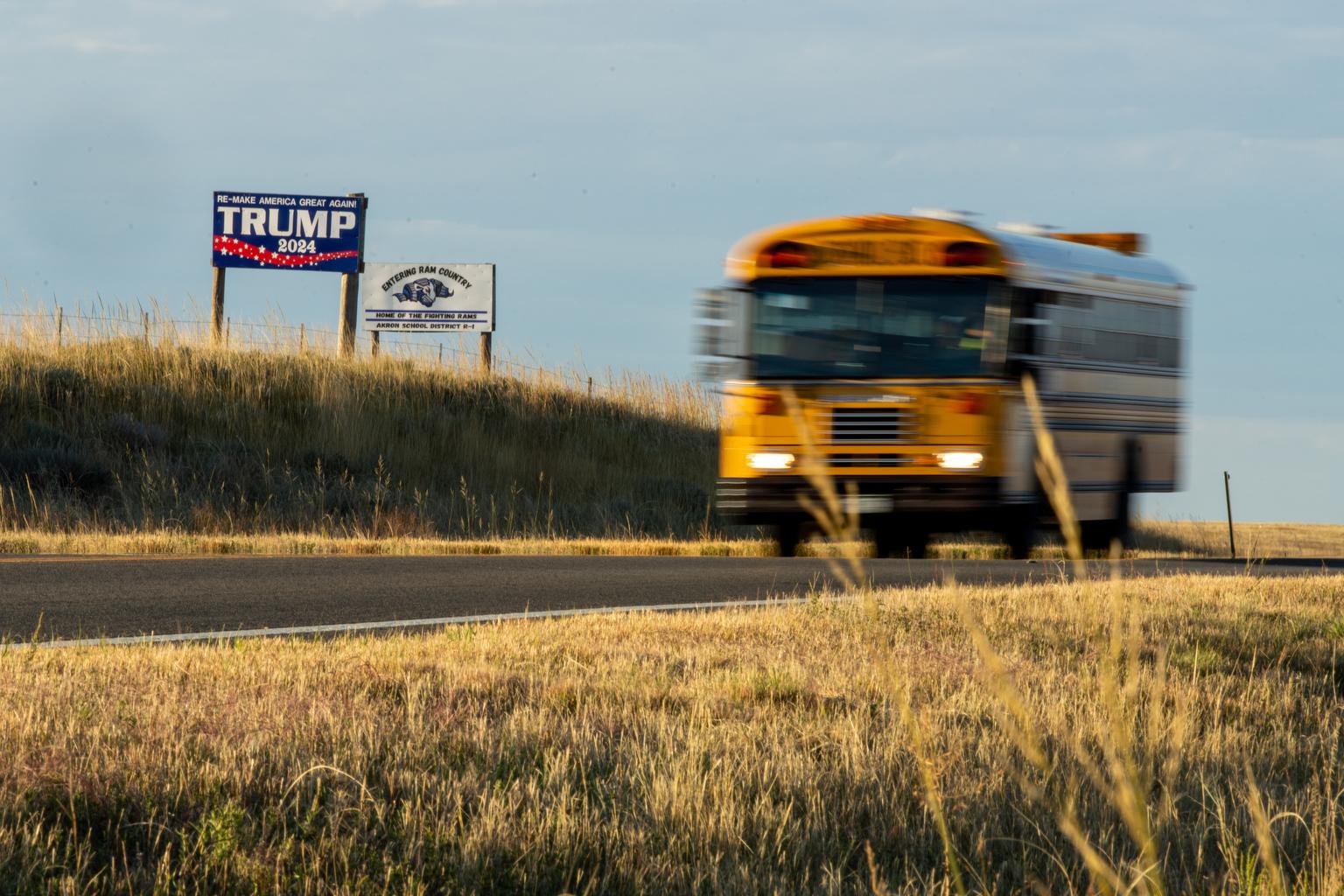
For four years, the Revere School District in Colorado’s far northeast near the Nebraska border scrambled to find someone — anyone — to teach science.
In the tiny K–12 school of just 135 students, a rotating cast of stand-ins tried to cover the subject. The agriculture teacher took on physical science and biology. An EMT instructor stepped in part-time for anatomy and physiology.
“We hodgepodged it together, kind of making it work for the last several years, but definitely not ideal,” said Superintendent Sandra Rahe. “You want that full-time science teacher.”
The job posting stayed open for four years. Recruiting is tough in Ovid, a farm town without even a gas station, where the nearest Walmart is in Ogallala, Nebraska. Finally, someone applied. Rahe hired a teacher from the Philippines on an H-1B visa. She now teaches everything from 7th-grade general science to physics.
“We were just so grateful,” Rahe said. “We have a teacher shortage (and) not everyone wants to live in a rural corner of Colorado near Nebraska.”
But a new Trump administration order requiring employers to pay a $100,000 fee per foreign worker on an H-1B visa threatens to unravel teacher hiring across many Colorado school districts, especially rural ones.
“We would not be able to pay that,” Rahe said. “$100,000 is more than two salaries for our teachers.”
While headlines focus on whether foreign workers displace U.S. tech workers, schools face a different reality: a chronic teacher shortage exacerbated by low wages and a polarized political culture. Many Colorado districts, from Bethune and Wiley in the Eastern Plains to Denver and Colorado Springs, rely on international educators. They say the $100,000 fee would shut off that pipeline and students will pay the price.
How do H1-B visas work?
School districts typically pay about $4,000 to $6,000 for an H-1B visa, issued for three years, with the possibility of extension to six. International teachers are paid the same wages as their U.S. colleagues. Some schools also use J-1 visas, but those only last up to three years and require teachers to return home. H-1Bs can allow teachers to apply for permanent residency.
Superintendents say the investment is worth it, especially in hard-to-fill subjects.
“There is a teacher shortage across the nation and positions go unfilled throughout schools in our country — particularly in math, science, and special education,” said Harrison School District Superintendent Wendy Birhanzel. “Hiring international teachers who all have at least five years of teaching and a master’s or doctorate degree has not only helped us innovatively solve this shortage, but also ensures our students have highly qualified teachers.”
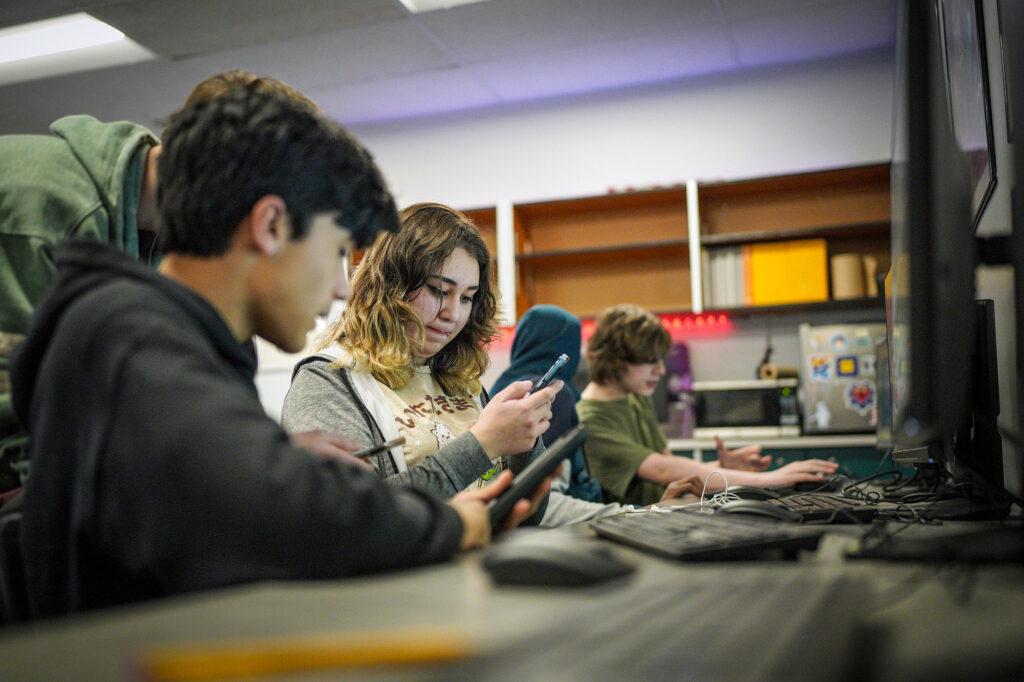
The Colorado Springs-area district with nearly 12,000 students currently employs five H-1B teachers from the Philippines, Spain, Mexico and India. Without access to visas, Birhanzel said, many classrooms would have to rely on long-term substitutes.
Some districts did not provide the number of teachers on visas by publication time. But Denver Public Schools reported 234 international teachers last year and aimed to hire 120 more this year, according to a Chalkbeat story.
One urban district declined to share data. Districts with large numbers of Spanish-speaking students say H1-B visas are essential for bilingual programs for all students.
A way to help all students become bilingual
In 2014, Telluride kindergarteners began their school careers learning in both English and Spanish through a two-way dual language immersion program.
The goal? To make all students bilingual, biliterate and bicultural, and “close achievement gaps, help our native Spanish speakers, and really help build a multicultural worldview for our native English speakers,” said Superintendent John Pandolfo.
The program depends on H-1B teachers from Spain, Mexico, Colombia and other countries. This year, Telluride has 12 H-1B teachers. That first cohort of kindergarteners is now in 11th grade.

“I do feel like students leave here with a higher level of global awareness and multicultural empathy than students in a lot of locations because they see teachers of color in the hallways,” Pandolfo said.
He believes that representation matters. A quarter of the student body is Spanish-speaking.
“Research has shown … that you have a teaching staff that is representative of your student population, students have someone they can relate to, to look up to, all of that. We have gone a long way towards achieving that, he said.”
If the $100,000 fee stands, Pandolfo warned, “I don’t know that we can ever hire a teacher on an H-1B again … we are struggling with so many funding issues that just is really a showstopper.”
Filling staffing gaps in high-cost communities
Eagle County, a sprawling rural school district with 20 schools over 2,000 square miles, also relies on international staff. Superintendent Phillip Qualman said the resort economy drives the sky-high housing costs, making it nearly impossible to recruit and retain staff locally. The district built 115 affordable housing units but still struggles to attract U.S. candidates.
“Visa holders are willing to come here and work for what we're able to pay and take advantage of our affordable housing units,” he said. Visa holders are paid on the same scale as other teachers, and Qualman notes it’s still a struggle for them to afford housing.
His district has eight H-1B teachers, including bilingual instructors, a counselor and an IT administrator from Nepal and about 25 J-1 teachers.
Qualman said hiring J-1s and later converting them to H-1Bs has been crucial to continuity. It also allows the district to assess the quality of the teacher first.
“The benefit for our students in converting a J-1 to an H-1B is consistency,” he said. “The more we can train them, build relationships with students and families, the more effective they are.”
Why it’s hard to recruit and hire teachers from the US
In Summit County, where 40 percent of students are Hispanic, Superintendent Tony Byrd said dual language programs for all students “builds bridges between cultures and creates job-ready, culture-ready students in a pluralistic society.”
But recruiting is hard. Even when the district markets in states that have high Spanish-speaking populations like Texas, New Mexico and Florida, high housing costs deter candidates. Summit employs four H-1B teachers and about a dozen J-1 teachers.
“Colorado doesn't put enough money into public education,” said Byrd. “Even though we have the highest starting rural school district salary, it's not nearly enough.”
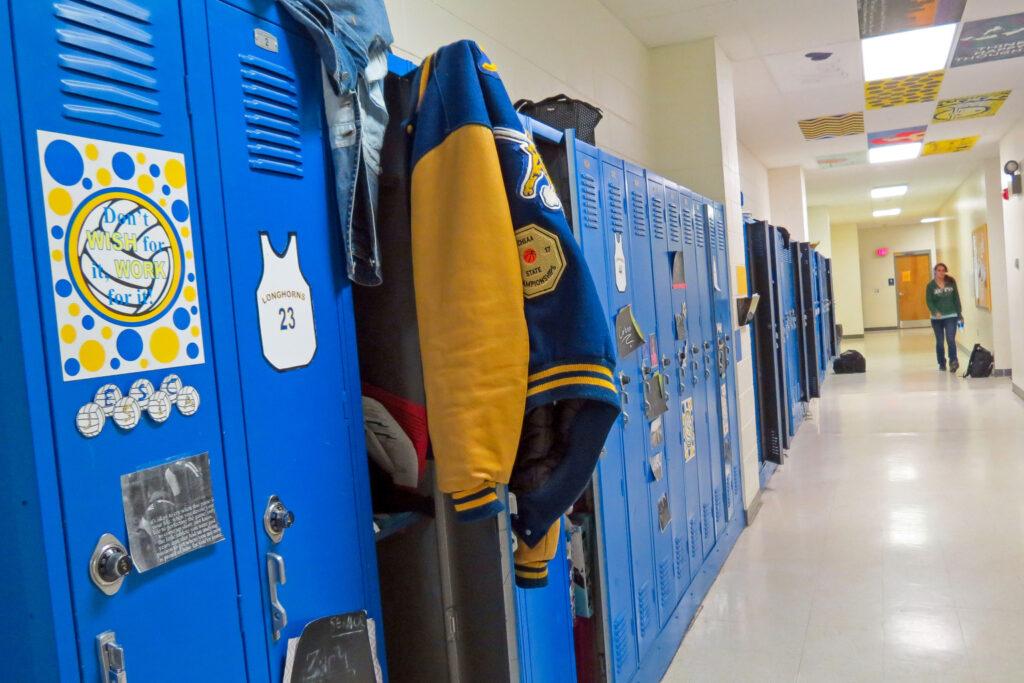
Teachers in Colorado earn 39 percent less in weekly wages than comparable college graduates, the largest “pay penalty” in the nation. But there’s another reason for the persistent teacher shortage, according to Byrd.
“The last five to 10 years have been the worst of the 33 I've been involved in terms of public divide and scrutiny of public education,” he said. “I think the political divide in the country, no matter which side you're on, is playing out in terms of people wanting to be in classrooms because the intense scrutiny of educators has made it tough, and people say, ‘Why would I want to do this?' And so we've seen a dramatic falloff of people interested in being in the field.”
What’s next?
Telluride’s Pandolfo sees a sliver of hope. Trump’s order allows exemptions for certain industries, and the national School Superintendents Association is lobbying to get K-12 included. But the proposed new application process would favor high-wage jobs, putting teachers at a disadvantage.
Districts like rural Roaring Fork, where 25 teachers or 5 percent of staff hold H-1B visas, are worried. The visas fill crucial math, science, special education and dual language teaching positions.
“We imagine it will be more difficult to staff hard-to-fill positions,” said Superintendent Anna Cole. “It has certainly caused concern and uncertainty for current H-1B visa holders.”
The change in the visa fees is not supposed to affect current visa holders.
Superintendents like Sandra Rahe in Revere want policymakers to know international teachers are a lifeline for many districts in her area. Without them, she said, students will lose out.
“It would definitely make our school suffer because [our H-1B teacher] has been phenomenal.”
| This story is part of a collection tracking the impacts of President Donald Trump’s second administration on the lives of everyday Coloradans. Since taking office, Trump has overhauled nearly every aspect of the federal government; journalists from CPR News, KRCC and Denverite are staying on top of what that means for you. Read more here. |


